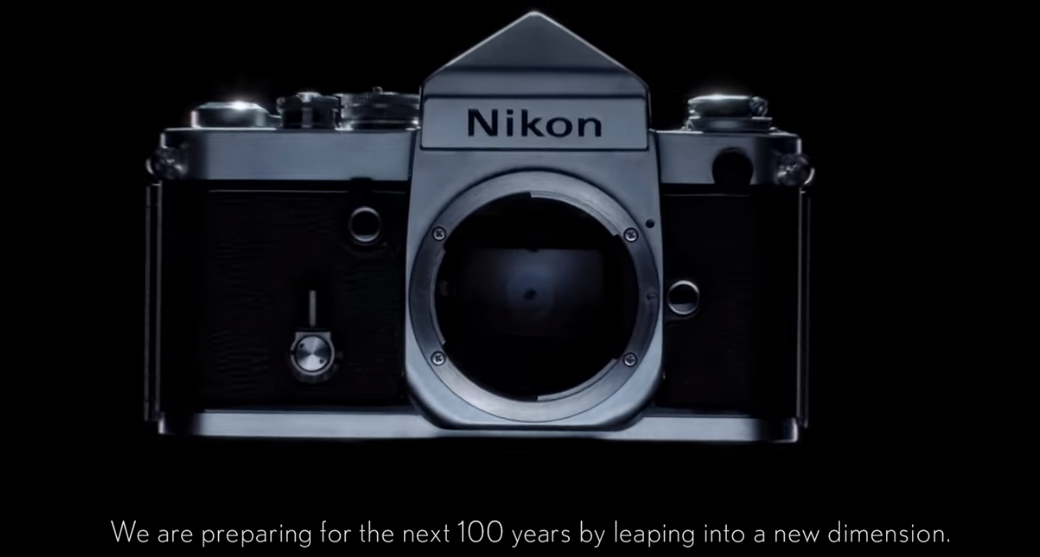

So to a wedding photographer, this is what the lens roadmap of Sony, Canon, Nikon and Fujifilm (APS-C) looks like: That’s why I need lenses that are either fast primes or fast zooms.

So unless they physically change the sensor or all the mounts and lenses that they’ve ever made, it’s the end of the line for Sony. Tamron 28–75mm f/2.8 - the bestselling 3rd party lens

They designed a lot of amazing lenses: 85mm F1.8, 24mm F1.4! And they successfully kept up the charade for as long as they could - and did an incredible job innovating, despite their circumstances! Quick, convince the public this is what we meant to do all along!” Sony: “No one was supposed to like full frame! Everyone laughed at our NEX cameras so we made the A7 for a laugh! It was only supposed to segment the market so people would buy the smaller, slimmer APS-C cameras. APS-C all the way baby!Īnd so when they released the first Sony A7 way back in 2013, and the people loved it, that’s when they probably panicked. I’m quite certain they were instead supposed to be drinking buddies with Fujifilm, Nikon DX, Samsung NX and Canon EF-M. I’m pretty sure Sony had no intention of making full frame cameras. That’s because: Sony Cameras Were Originally Designed for APS-C ONLY, NOT Full Frame Is the small mount a poor design choice, or perhaps just a misstep? I say neither. You’ll notice something really rather odd: Take a look at the full frame sensor on any Sony Alpha camera. The Sony IBIS sucks so much, you might as well not have it. This is most noticeable in the Sony 5-axis In Body Image Stabilisation (IBIS). Here’s what happened: Sony Handicapped Themselves with the E-MountĬrazy right? Problem is, it’s never going to get better. And that’s because it all comes down to which direction Sony decided to take way back in 2010, when they couldn’t possibly have foreseen the consequences. It is their similarities that determines where they go into the future. Nikon is better at some things: grip and handling, menu layout, monitor resolution, and touch screen.īoth are similar in size, and both suck at image stabilisation. Sony is better at most things: autofocus, low light performance, native lens range, 3rd party lens support, dual card slots, exposure compensation dial, video, customisation, and battery life. Even more similar than most photographers would think.Īs a wedding photographer the Sony A7III and Nikon Z6 are both reliable choices for my purposes. The Sony A7III and Nikon Z6 mirrorless interchangeable lens cameras (MILC) are really similar.


 0 kommentar(er)
0 kommentar(er)
